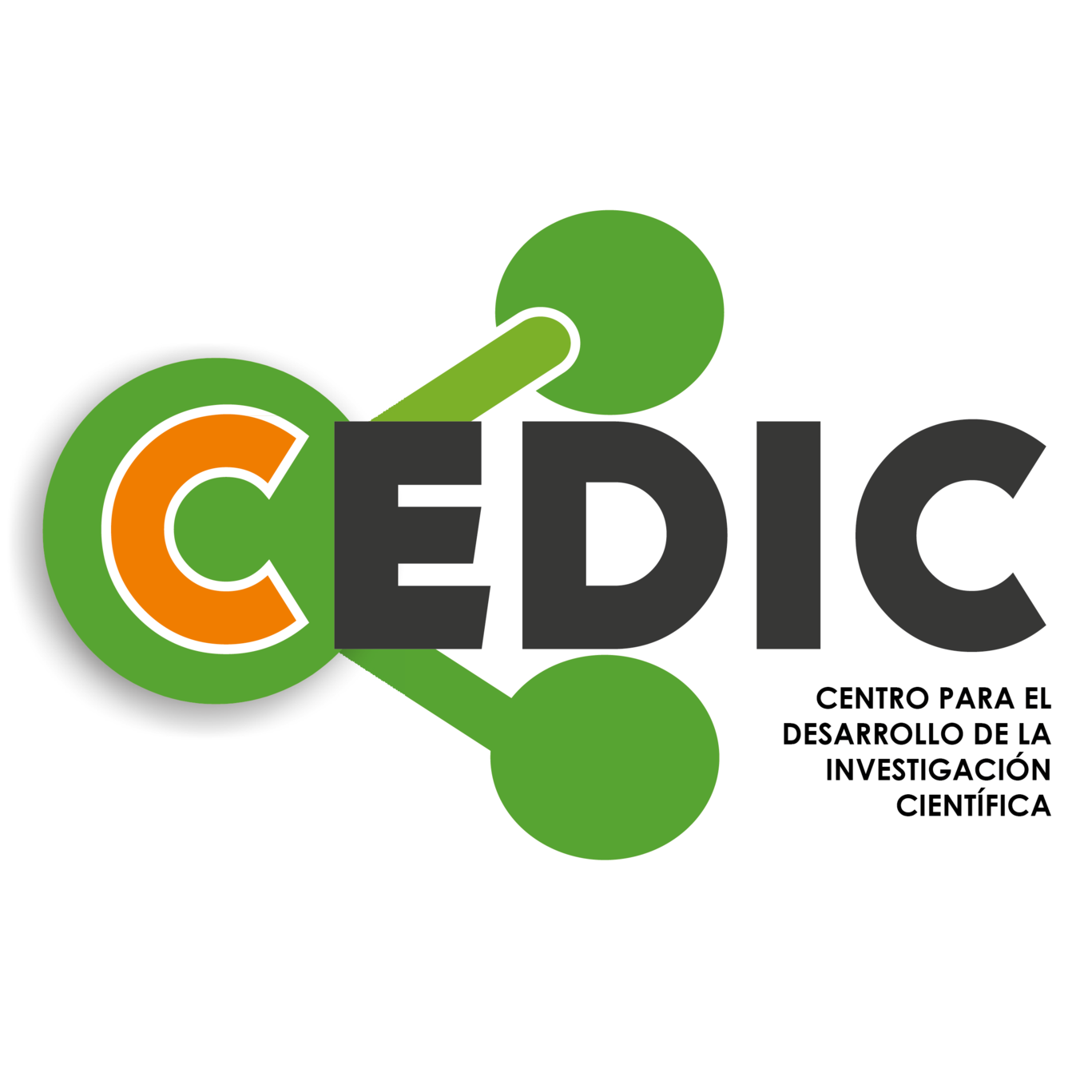 Fuente: Alerta Epidemiológica OPS/OMS.
Fuente: Alerta Epidemiológica OPS/OMS.
El 6 de diciembre del corriente año la OPS/OMS recibió la notificación de la confirmación de dos casos de transmisión autóctona del virus de chikungunya (en la isla de Saint Martin / Sint Maarten). Ya en las Américas, se habían registrado casos importados en Estados Unidos, Canadá, Guyana Francesa, Martinica, Guadalupe y Brasil. Esta enfermedad fue detectada por primera vez en Tanzania en 1952. A partir del 2004, se han reportado brotes intensos y extensos en África, las islas del océano Índico, la región del Pacífico, incluyendo Australia y Asia (India, Indonesia, Myanmar, Maldivas, Sri Lanka y Tailandia). En 2007 el virus se extendió a Italia, donde produjo un brote trasmitido por Aedes albopictus en la región de Emilia-Romagna. Los recientes brotes de fiebre por chikungunya han demostrado impactos importantes en la salud pública, principalmente en los servicios de salud. Fiebre por chikungunya (CIE-10 A 92.0) Es una enfermedad causada por el virus de chikungunya (CHIKV). El CHIKV pertenece al género alphavirus (familia Togaviridae). Este virus es transmitido por la picadura del mosquito del género Aedes, particularmente Aedes aegypti y Aedes albopictus. En los humanos picados por un mosquito infectado, los síntomas de enfermedad aparecen generalmente después de un periodo de incubación de tres a siete días (rango: 1−12 días). El CHIKV puede causar enfermedad aguda, subaguda y crónica. Para acceder a más detalles entre aquí: http://www.paho.org/hq/index.php?option=com_docman&task=doc_view&gid=23808+&Itemid=999999&lang=es


